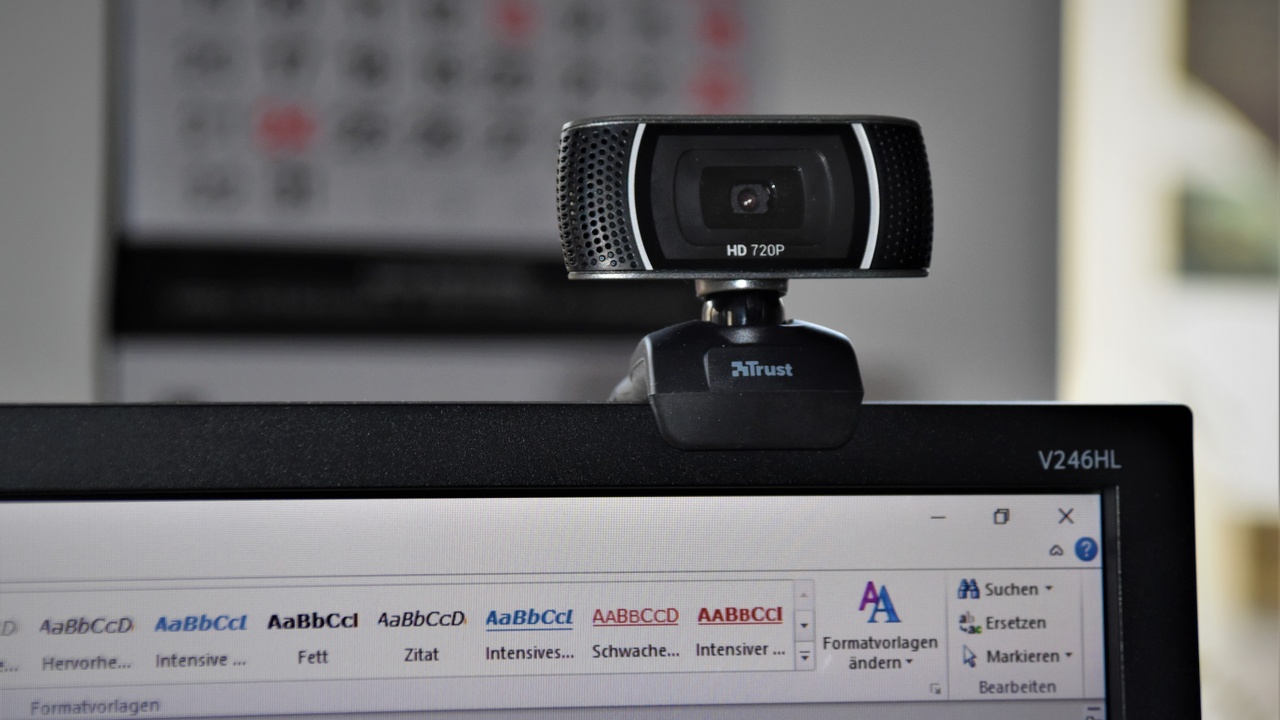5 Ways to Control Your Phone Habit

By John Millen
We all get distracted. We may have good intentions, but we get lost on our phones or laptops.
We innocently check our email, peek at Instagram, Facebook, YouTube or a myriad of other apps, and suddenly we are lost in the netherworld. The path behind us has disappeared, and our brains are taking in dopamine rewards to continue down the path of new stimulation.
A 2018 study by Asurion found that Americans, on average, check their phone once every 12 minutes, or five times an hour, while on vacation. Some even check their phones nearly 300 times a day.
'Digital drug of choice'
That's why Anna Lembke, a psychiatrist and an addiction specialist at Stanford, says that “Just about all of us have a digital drug of choice, and it probably involves using a smartphone—the equivalent of the hypodermic needle for a wired generation.”
With this in mind, I've been reading Make Time: How to Focus on What Matters Every Day by Jake Knapp and John Zeratsky. It’s a great book if you’ve found yourself distracted from achieving your goals in work and life. (This book is also one of my current Top 50 Recommended Books.)
They talk about the “busyness bandwagon” versus focused attention on what matters most. For example, they cite constantly checking and answering email and other apps as being on the busyness bandwagon.
Today, I want to focus on one concept they introduce: infinity pools. This is an apt metaphor for the apps that lock in our attention.
Like a pool with the flat-water view that seems to extend forever, infinity pool apps present what is literally infinite content. You can scroll forever and never be done. Content is constantly, exponentially replenished.
Phone attention habit
These pools are crafted to appeal to our ancient brains: they take advantage of our human tendency to constantly scan our environments for change, for danger, for stimulation. They create our habits of constant attention to our phones.
Because the authors worked for Google and YouTube, they ascribe a charitable rationale for why, beyond competition, the companies make their apps so sticky: they’re just nice nerdy people trying to give you more of what you want.
I’ll grant them the benefit of the doubt, but the technology companies have billions of dollars of incentives to gain and keep your attention, using any means necessary.
The best results for technology companies have come from these infinity pools. The authors offer many great suggestions to gain back your time and attention.
The main principle they and the other habit books I've written about convey is the importance of making it harder for you to engage with the apps. This will help you to control your phone habit.
We have to create friction between us and the source of distraction, putting the cookie jar in the closet or on the very top shelf, as it were.
The idea is to counter the conditioned behavior of reaching for our phones anytime our interest or attention is not engaged. We have been habituated to reflexively grab the device and check if there’s anything new: Look, you got an email (dopamine hit!), or someone liked your post (dopamine hit!), or there’s a little red dot on an app (dopamine hit!).
To combat this conditioning, here are a few of the author’s best recommendations:
1. Create a distraction-free phone
This is probably their most radical and effective tactic. They have you remove all of your attention-stealing apps, including email, social media and web browsers while keeping some useful apps. So you are left with a device that can make phone calls, message people and hail an Uber.
I have done a modified version of this to my phone, which is to delete the social media apps that were sucking the most time for me. It’s been a game-changer.
If I want to see these apps, I have to be on the computer and intentionally open them, which has cut down my screen time immensely.
If you have an iPhone, you can get a report on specifically which apps have held your attention during the week. These are your prime suspects for removal.
2. Clear your home screen
About two years ago, I implemented this idea. You can dictate what apps appear on your home screen.
You can choose to have a completely clear home screen. I have a clear screen with only four apps in the bottom tray: Gmail, calendar, text messaging and phone. This simple act resulted in a significant drop in my reported weekly screen time.
3. Turn off notifications
I probably started this practice about five years ago, and it also made a huge difference. I turn off notifications on my computer, on my phone and on my watch.
When I install anything new, and it asks to allow for notifications, I press “Do Not Allow.” Likewise, when I buy a product online, I unclick the merchant’s permission for its promotional emails.
4. Log out
If you feel uncomfortable deleting your apps, even though they’re always available for reinstalling, then consider logging out. Most apps will try to hide it, but you can log out, which will create an extra step, a pause between you and your distraction.
5. Leave devices behind
The authors cite a friend who, twice a week, leaves his laptop and phone at the office and goes home device-free. Of course, this doesn’t apply directly with so many of us working at home, but the concept still works. Why not put your phone and computer in another room or closet and close the door?
I have more tips in How to Stop Phone Distraction.
Summer is here, and the world is opening up. If we’ve learned anything this year, it’s that all of our moments are precious.
To update an old saying, no one on their deathbed ever said they wished they’d spent more time on their phones.








